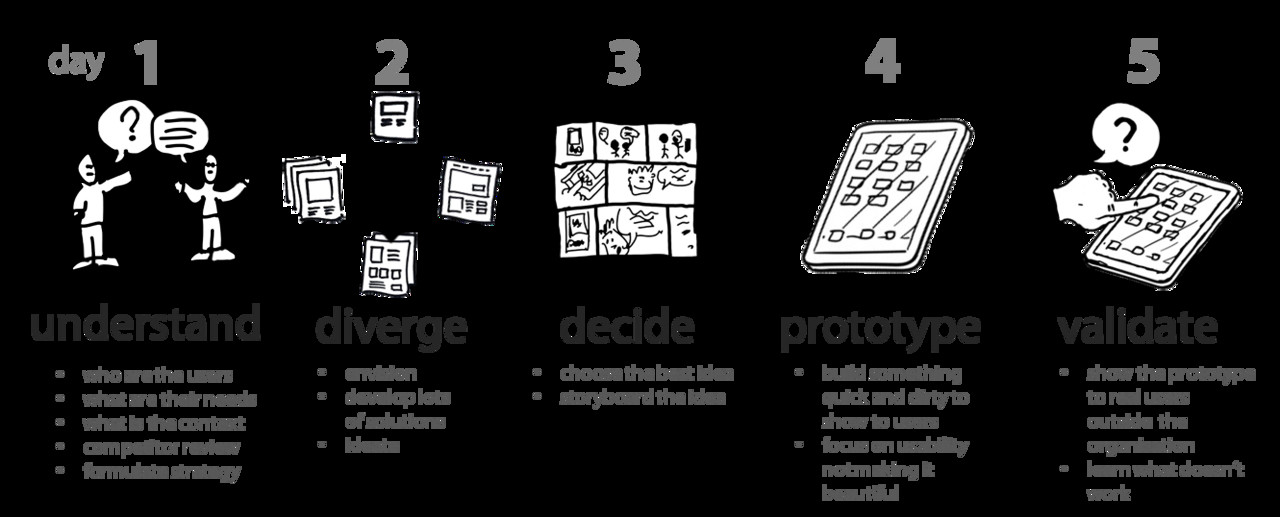
5 frameworks for Product Managers
There are a variety of frameworks that Product Managers can employ during the design and development of existing and new products. Some are used to define top-level business and product strategy, at the design level, and measuring success.
This article aims to highlight five such frameworks.
1. The Business Model Canvas
The Business Model Canvas is a strategic management and execution tool used by companies of all sizes to easily describe their business model. It works in conjunction with the Value Proposition Canvas and other strategic management and execution tools and processes.
2. The Design Sprint
The Design Sprint, created by Google Ventures, is a five-day structured brainstorm based on design thinking and agile development to answer critical business questions through design, prototyping, and testing ideas with customers before launching a product or a feature of a product.
3. Startup Metrics for Pirates: AARRR!
The Startup Metrics for Pirates: AARRR! is a five-step model for product growth, creating a metrics framework for your business and customers, and how to apply it to your product and marketing efforts.The idea is to develop a model of your customer behavior. The basic concept is based on five types of measurements of user behavior: Acquisition, Activation, Retention, Referral, and Revenue.
4. The Hooked Model
The Hooked model is a how-to guide for building better products by influencing user behavior. This four step process is embedded into products to create and increase user engagement by subtly influencing their behavior. The basic idea is that, to create habit-forming products, you must move a user through a loop that over time to help them develop the habit of returning and using that product.
5. The HEART framework
The HEART framework can be applied to a specific feature or a whole product to define metrics that measure its user experience based on five categories: Happiness, Engagement, Adoption, Retention, and Task Success. To measure progress in the above categories, the Goals-Signals-Metrics process is used to set the goals for your product.
Want More?
This article is part of a series of articles guiding readers in exploring the many frameworks and methodologies in product management. You can browse all articles here.




